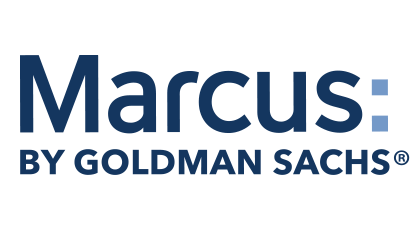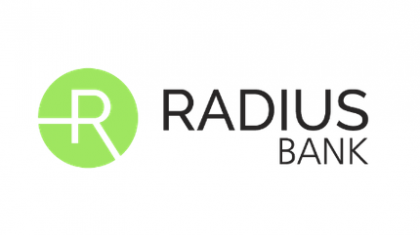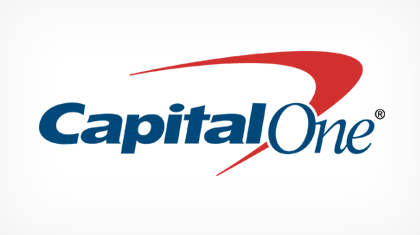How We Picked
We researched around 250 savings accounts from the top banks for this guide.
The Best Low-fee Savings Account picks are based on the consistency of high-interest rates, fees, minimum balance requirements, and account features.
The overall rank for each institution within a specific category is dependant on how many days in the quarter that institution’s score was among the top 10.
There are a number of things you need to pay attention to when picking a savings account:
What Types of Fees Banks Charge
Maintenence Fee
Some banks charge a service fee for their savings accounts.
You need to pay the savings account service fee just to keep your account open.
If a bank charges a service fee, there are usually ways to get the fee waived. In order to get the fee waived, you need to keep the account balance above a certain amount or you can transfer a minimum amount of money into the account each month.
If you see an account that charges a service fee that you can’t avoid, go with another bank. There are plenty of options for you.
Minimum Balance Fee
Your bank might also charge a savings account minimum balance fee.
To avoid this fee, your account balance can’t fall below the minimum limit.
Generally, savings accounts that pay a higher interest rate usually have a higher minimum balance requirement.
When you’re looking for a savings account, make sure to find one with a minimum balance you’d be comfortable maintaining every month.
Savings Accounts Monthly Fees at Top US Banks
| Savings account | Monthly fee | Min. balance requirement |
|---|---|---|
| CIT Bank
Premier High Yield Savings |
$0 | $0 |
| UFB Direct Premium Savings |
$0 | $0 |
| Synchrony Bank High Yield Savings |
$0 | $0 |
| Goldman Sachs Bank USA
Online Savings |
$0 | $0 |
| Ally Bank Online Savings |
$0 | $0 |
| Capital One
360 Savings |
$0 | $0 |
| Bank of America
Regular Savings Account |
$8 | $500 |
| Chase
Chase Savings |
$5 | $300 |
| Wells Fargo
Way2Save Savings |
$5 | $300 |
| Citibank Citi Savings |
$4.50 | $500 |
| PNC Bank
Standard Savings |
$5 | $300 |
| TD Bank
Simple Savings |
$5 ($4 with online statements) |
$300 |
| U.S. Bank
Standard Savings |
$4 | $300 |
| SunTrust Bank
Essential Savings |
$0 | $0 |
| BB&T
eSavings |
$0 | $0 |
Savings Account Excess Withdrawal Fee
Savings accounts usually limit the number of withdrawals you can make each month. For example, your account might allow six withdrawals each month.
If you need to make any additional withdrawals, you’d have to pay an excess withdrawal fee, which can be a few dollars.
Check what kinds of restrictions are on an account and if there are ways around them.
For example, some accounts limit the number of teller withdrawals you can make but don’t have a restriction on monthly ATM withdrawals.
Savings Excessive Withdrawal Fees Comparison
| Bank | Fee |
|---|---|
| Bank of America | $3 after 3 withdrawals (waived if balance is above $2,500) |
| Chase Plus Savings | $5 (waived if balance is greater than $15,000) |
| Chase Savings | $5 |
| Wells Fargo | $15 |
| Citibank | $0, but account is subject to close after 3x's over the withdrawal limit in 12 months |
| U.S. Bank | $15 |
| Capital One | $10 |
| SunTrust | $4 after two transfers or withdrawals out of savings per month |
| TD Bank | $15 |
| PNC Bank | $15, or $3 for each withdrawal over 3 withdrawals if balance is below $1,500 |
| BB&T | $15 |
Practice Caution With Savings Withdrawals
Most banks will convert a savings account into a checking account if excessive withdrawals are constantly made.
For instance, Citibank does not charge a fee after the first six withdrawals. Instead, the bank sends two warning letters for the first two withdrawals made after the limit has been reached.
The savings account is closed and converted into a checking account if another withdrawal is made after the second letter is issued.
People should avoid withdrawing from their savings account too many times, at the risk of having it converted and losing the benefit of holding that money in an account specifically designated to build a good amount of interest.
Luckily, a conversion from a savings account to a checking account does not produce a negative mark on a person's ChexSystems record.
Banks do not consider withdrawing money directly from a branch or ATM, as part of an excessive withdrawal fee.
To avoid the possibility of conducting too many withdrawals within a month, head to the bank directly to take out cash.
Savings account fees are a real headache and can wipe out months’ worth of interest. With a little planning though, you can manage your account and avoid bank fees.
Start Earning More in Interest and Pay Less in Fees
Save yourself some time as you don't have to look further for the best of the best free online savings accounts.
Overall, these accounts offer the most desirable combination of high yields on savings and minimal fees.
When you’re trying to save towards a big goal, like a down payment on a home or cash to buy a car, every penny counts.
While you could go with a traditional brick-and-mortar bank, you’re not going to benefit from the same high-interest rates these accounts offer. You’re also not getting the best deal when it comes to fees.
Taking your savings online and choosing savings accounts with no fees may seem like a drastic step but it’s one worth making if you want to squeeze the most value possible out of your money.
Act quickly because the longer you wait, the more interest earnings you’re missing out on.
If you need some help in finding a free savings account, you can get a personalized recommendation to find the account that’s right for you.




